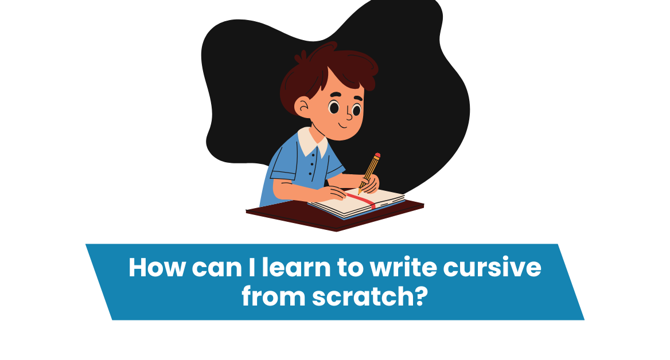Leadgrowdevelop
4d
65

Image Credit: Leadgrowdevelop
How I Learn to Write Cursive From Scratch?
- Cursive writing adds a special touch to words and can be learned easily with daily practice and patience.
- Learning cursive from scratch helps in developing a natural writing style, enhancing motor skills, and improving focus.
- Neat cursive handwriting leaves a strong impression and adds elegance to personal notes and formal documents.
- Practicing cursive can improve memory, learning skills, and understanding of historical documents.
- Regular cursive practice can help in developing a unique handwriting style and enjoying the benefits of handwritten words.
- Steps to learn cursive include familiarizing yourself with the alphabet, practicing basic strokes, tracing letters, writing simple words, and practicing sentences for fluency.
- Proper hand position, focusing on letter connections, writing slowly for accuracy, and using lined paper are essential techniques for improving cursive writing.
- Daily practice, consistency in letter size, proper spacing and alignment, and smooth transitions between letters are key to mastering cursive writing.
- Common mistakes to avoid in cursive writing include pressing too hard, uneven letter sizes, and poor letter connections.
- Overall, learning cursive requires patience, practice, and attention to detail to develop clear, neat, and natural handwriting.
Read Full Article
3 Likes
For uninterrupted reading, download the app